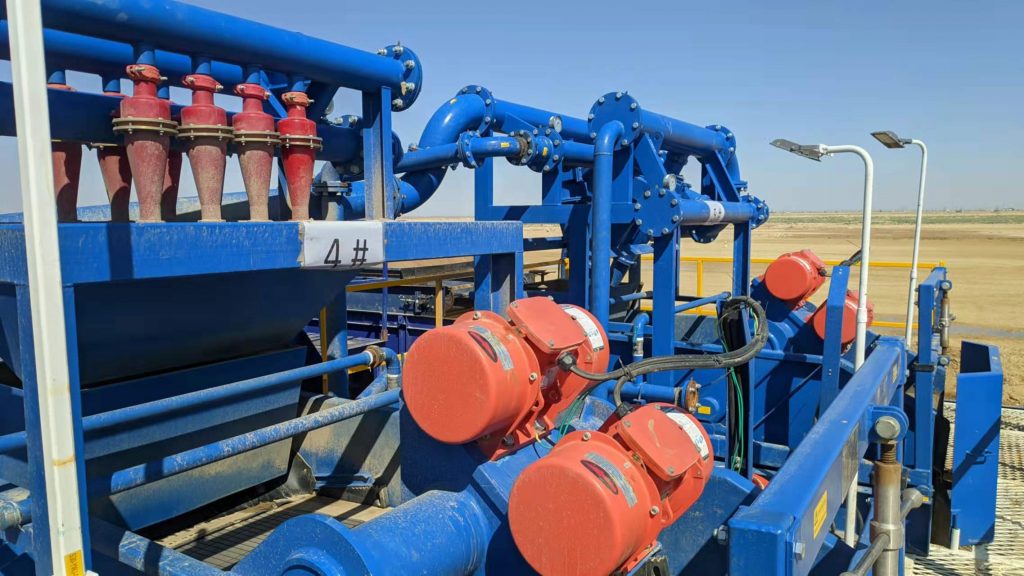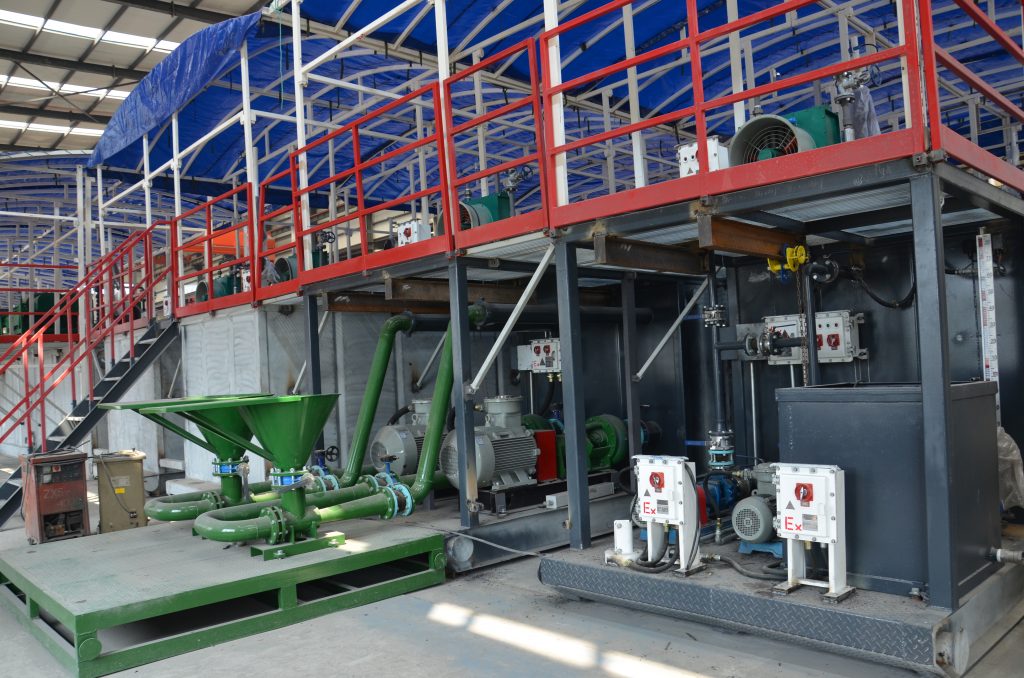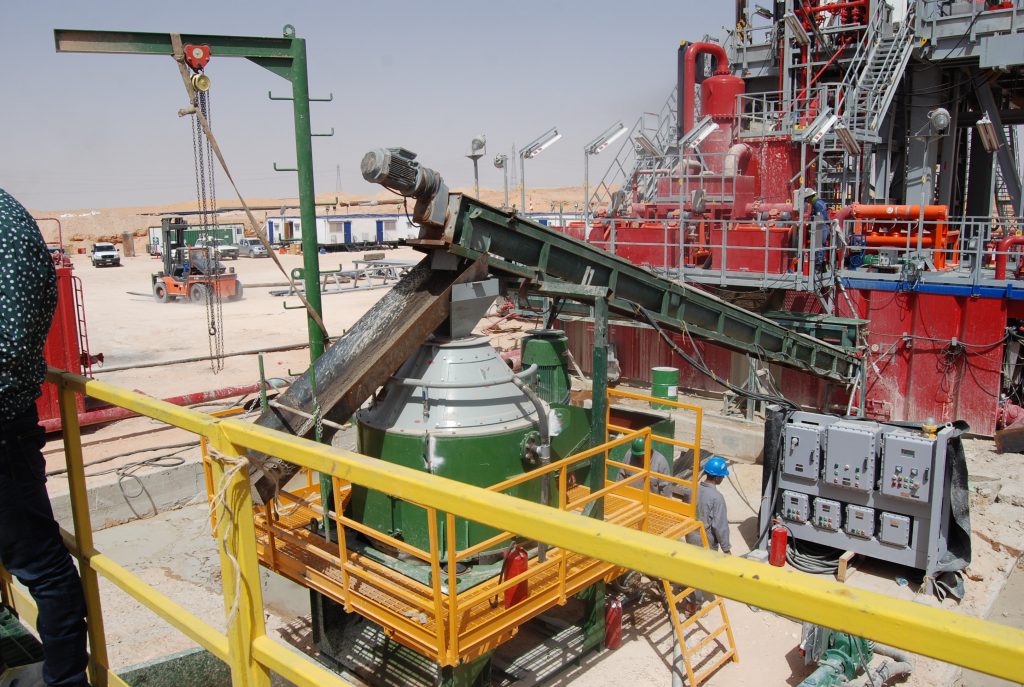With the development of oil and gas exploration and development in China, more and more multi-branch Wells, Horizontal Wells, and complex geological Wells are drilled, and the problem of wellbore stability is becoming more and more prominent. Oil-based drilling fluid technology receives more and more attention and continues to develop, and the corresponding amount of waste oil-based drilling fluid is increasing.
At present, a considerable amount of abandoned drilling oil base mud is directly used in landfill or re-injection without treatment, which not only wastes a lot of mineral oil resources, but also leads to soil, surface, and groundwater pollution, which directly or indirectly causes great harm to animals, plants and human health.
Due to the increasingly strict requirements of environmental protection departments on environmental pollution control, the development of a green circular economy has become the key to sustainable development, and a large number of waste oil-based drilling fluids have no safe and effective way out, which has become a serious burden on oil fields. From the perspective of environmental protection and economic benefits, it is particularly urgent and important to find an economical and efficient waste oil-based drilling fluids treatment and oil recovery technology.
Xi ‘an Kosun waste oil-based drilling fluid harmless treatment technology just solved this problem, our company has formed a complete set of oil mud drilling fluid treatment technology, that can achieve clean drilling mud, promote the coordinated development of oil and gas exploration and development and environmental protection, is of great significance to the development of the entire oil industry.
Xi ‘an Kosun oil-based drilling fluid harmless treatment system features:
1, large capacity continuous feeding device, processing capacity of up to 40-60 tons per hour;
2, efficient solid-liquid separation, so that the liquid content of drilling cuttings is minimized, the solid phase oil content after treatment is less than 5%, effectively separating and recovering a large number of reusable drilling fluid;
3, PLC integrated control, with automatic alarm indicator, can monitor temperature, torque, oil, and running time, easy to operate, safe, and reliable;
4, collapsible guardrail and walkway, easy to operators daily routine maintenance and disassembly and transportation.





